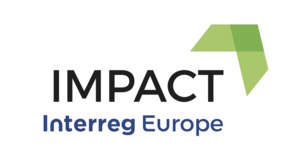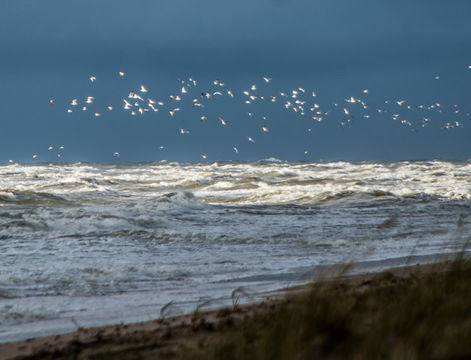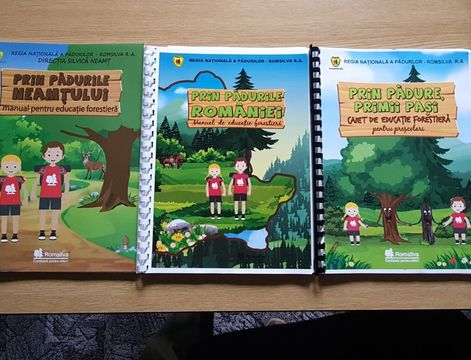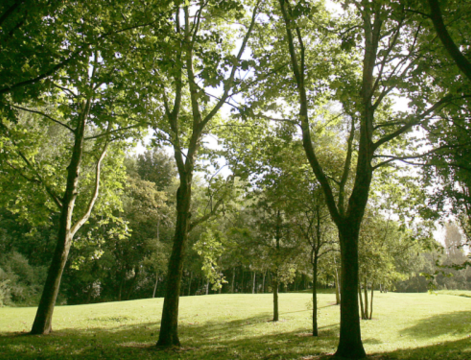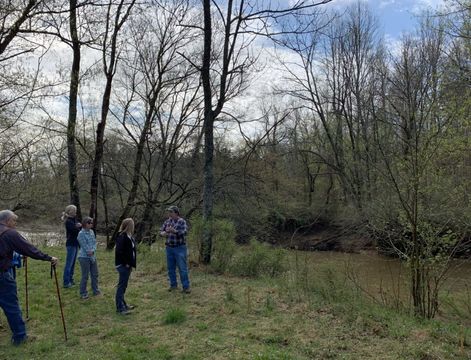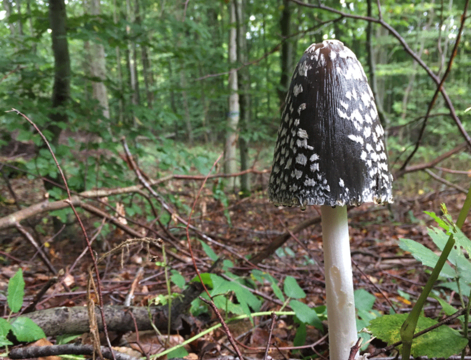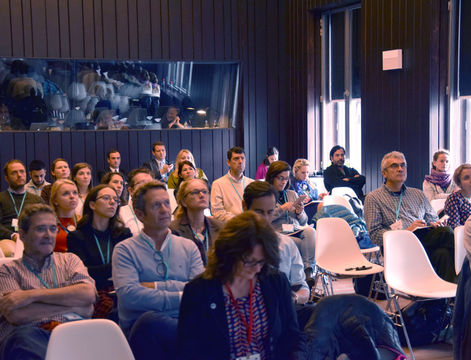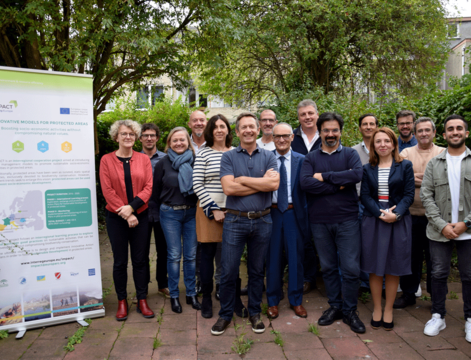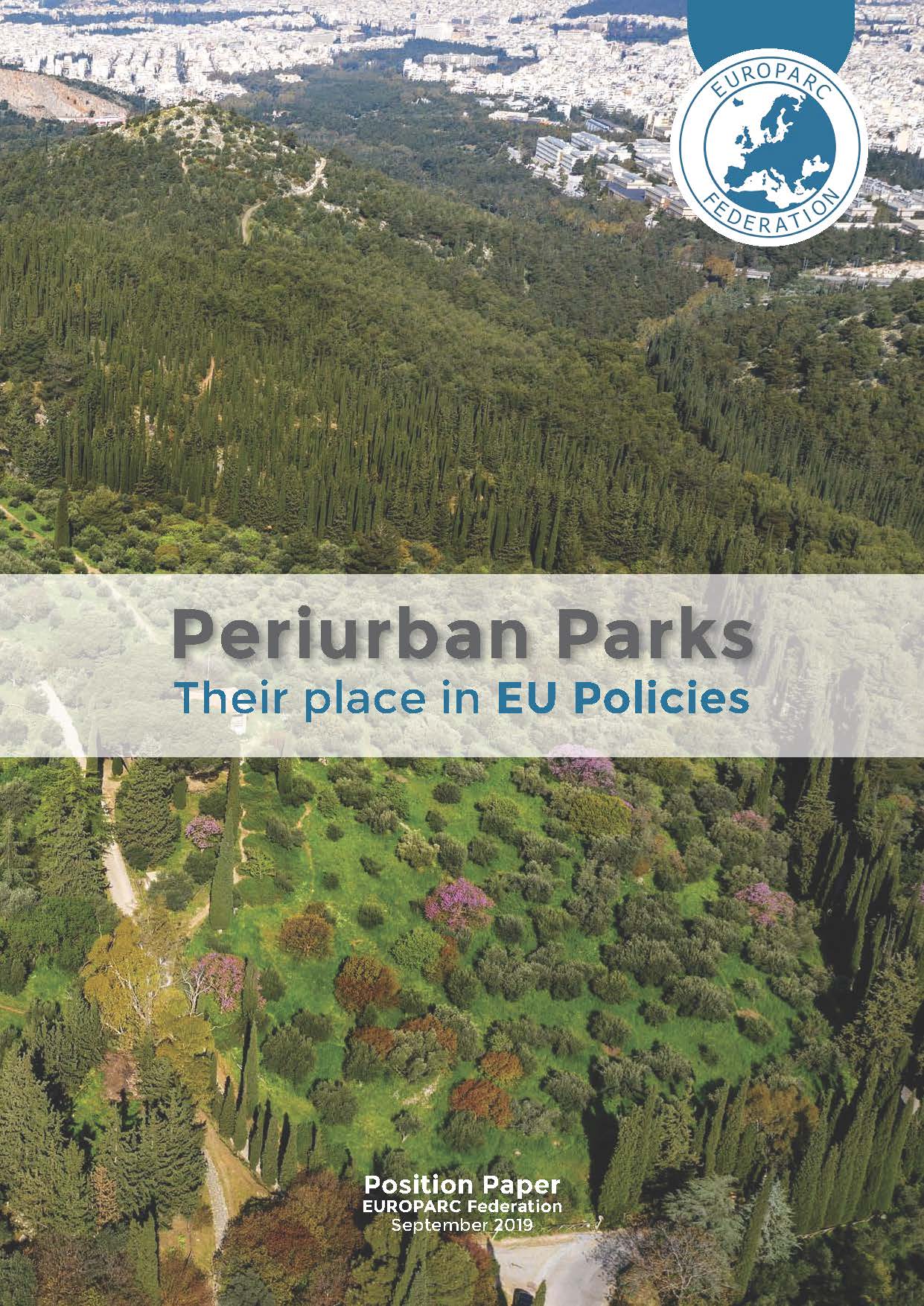Protected Areas for the Society
Protected Areas have been treated for decades as spaces exclusively dedicated to protect natural assets and landscapes of exceptional importance, and where human activity should be kept to a minimum in order to limit our impact on the environment. Hence, the promotion and development of socio-economic activities in Protected Areas may sound somehow inappropriate for the general opinion. However, the perspective on the functions that Protected Area accomplish have evolved through the years and, nowadays, the new natural spaces management plans foster the interaction between humans and nature.
Following this line, projects such as IMPACT Interreg Europe aim to create new models of socio-economic development inside Protected Areas in an attempt to deter rural communities to abandon the countryside and develop the necessary resources to sustain themselves. Among the main project outputs is the identification of good practices that portray how economic activities are being developed inside Protected Areas across Europe.
Amber Catching in the Baltic Sea
In the framework of IMPACT project, EUROPARC representatives had the opportunity to visit Seaside Regional Park (Pajūrio Regional Park) in Lithuania and learn how some of the local inhabitants are striving to find their niche and develop alternatives to more traditional economic activities inside protected spaces.

See the Amber Catcher video
The Amber Catcher will bring you through a short journey to the Baltic Sea and introduce you to the amber extraction, a well rooted industry in this area of Europe. Amber, the fossilized resin of the tree Pinus succinifera, is currently used in jewellery and some pieces can fetch high market values. In this region, some inhabitants also catch amber by entering into the sea using scooping nets. However, the limited amount of amber that can be extracted using this technique does not yield enough profits to sustain the local communities and it is done as a leisure activity.
Through this video you will learn how Igoris Osnac, an inhabitant of Seaside Regional Park, re-oriented this hobby into a touristic activity that allowed him to find a steady source of revenue and contribute to the social and economic development of the region.
